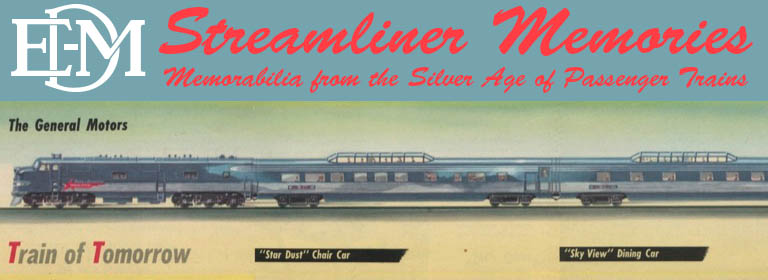PRR earned a net income of $34.4 million in 1948, a substantial increase from 1947’s $7.3 million. However, the report still complains that regulation depressed earnings and prevented the railroad from doing needed maintenance. “If it had been permissible, under regulation, for your Company to have priced its services — its transportation rates — in keeping with the cost of production under ordinary business principles, it would have been a very sound year,” the report ruefully explains.
 Click image to download a 14.4-MB PDF of this annual report.
Click image to download a 14.4-MB PDF of this annual report.
This annual report is accompanied by a letter indicating that this particular copy was sent to employees (which PRR spells “employes”) rather than stockholders. The letter is probably designed to discourage union workers from demanding higher pay in response to the increase in net revenues. “We haven’t had the money to do a lot of maintenance work that was put off during the war,” the letter explains.
A second letter to “employes of the Chicago, Columbus, Panhandle, Pittsburgh, Middle Philadelphia and New York divisions” lauds employees for operating a particular train on-time for 365 days straight. The train, known as CG-8 for Chicago-Greenville (Jersey City), carried meats, produce, and other perishables to eastern markets. “The only way the Pennsylvania could retain the perishable freight from western connections was to do a better job than the other railroads in making delivery to New York and to New England,” said the letter, and CG-8 was the successful result.
The report also notes that the replacement of steam with Diesel power had greatly improved the on-time performance of its passenger trains. Declining passengers had nevertheless led it to reduce its passenger train miles by 20 percent, noting that “unprofitable trains” were “largely confined to branch lines.”
The Grif Teller painting on the cover, titled “Main Line, Freight and Passenger,” was also used on the railroad’s 1949 calendar. It illustrates a scene at Whitford, Pennsylvania.
